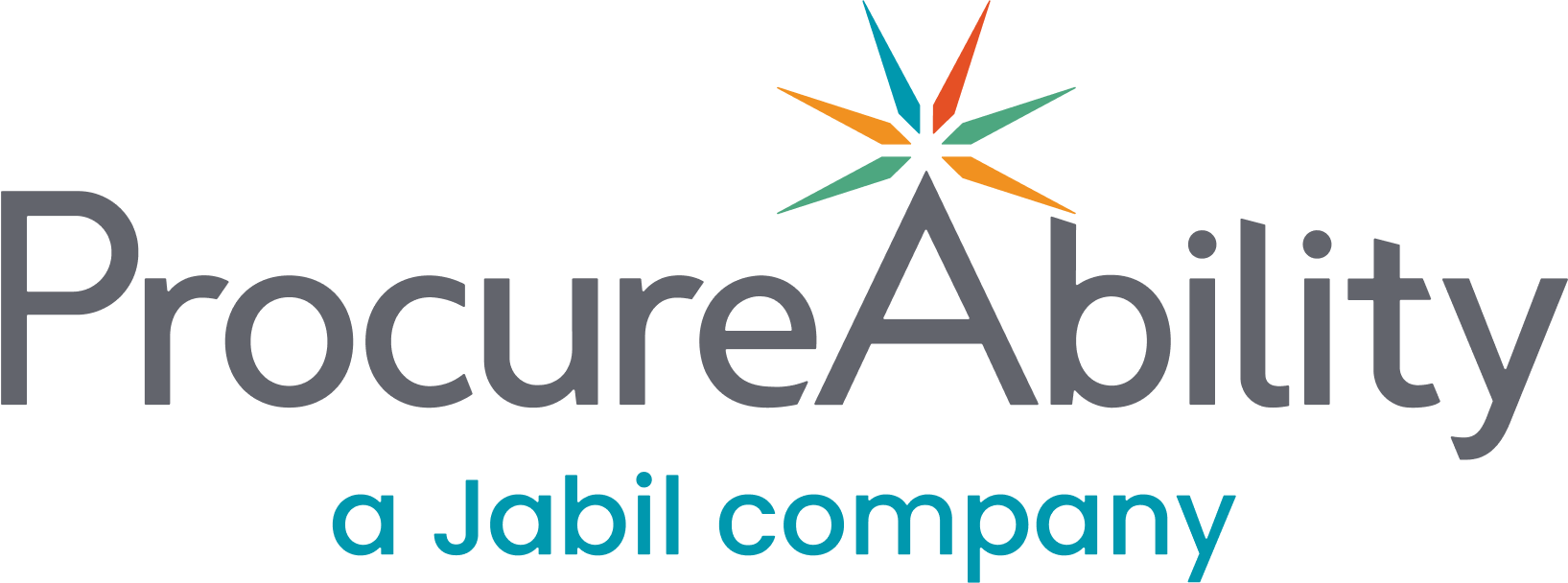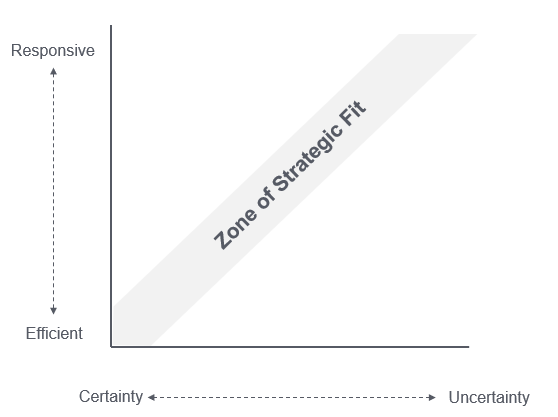
Strategic Fit may be defined as matching resources and capabilities but in Procurement it means requiring that both the competitive and supply chain strategies of a company have aligned goals. To provide the highest level of service as a procurement organization, strategic fit must be achieved.
Achieving Strategic Fit can be as easy as understanding 1, 2, 3:
- Customer Requirements & Uncertainties
- Procurement’s Capabilities
- Procurement Responsiveness
Step 1 | Understanding Customer Requirements & Uncertainties
Procurement leaders are commonly tasked to understand the larger business and customer needs prior to executing a purchase. This discovery process should involve gaining a comprehensive understanding of the customer’s project scope, goals and budget. In addition to covering the basic information Procurement requires, the customer will likely also have their own set of requirements and uncertainties. When identifying Customer Requirements & Uncertainties, it is important to establish an initial Voice of Customer (VOC) with the customer. An effective way to do this is through scheduling a call or meeting to understand some basic information such as:
Quality
- Reliability
- Availability
- Rework or Scrap
Cost
- Budget or Target Spend
- Target Purchase Price
- Residual Value
Delivery
- Lead Times
- Turnaround Times
- Cycle Times
Service & Safety
- Service Requirements
- After-purchase Reliability
- Customer Required Maintenance
Corporate Responsibility
- Diverse Business Enterprise
- Ethical Business conduct
- Environmental Sustainability
By connecting with the customer to review a basic list of procurement requirements, not only is Procurement able to establish the Critical Customer Requirements (CCR); they’ve taken the first step toward further growing relationships with their colleagues and suppliers.
Step 2 | Understanding Procurement Capabilities
Once the VOC has been gathered the next step is to build on the initial discovery in order to generate Critical Customer Requirements (CCR). CCR is commonly practiced across Lean Six Sigma but can be leveraged to understand and meet the needs of Procurement’s customer.
Translating VOC to CCR can be quite simple dependent upon customer compliance and Procurement’s ability to capture VOC. When translating Voice of Customer to Critical Customer Requirements it is important to keep the following in mind:
- Important to The Customer (“Customer Cares”)
- Value Proposition
- Specifies Requirements (“Must-Have” or “Must Be”)
- Ultimately Satisfy
- Potentially Delight
- Can Be Measured
- Establishes A Target
- Customer Specifications
- Acceptable Range of Performance
In some cases, translating Voice of Customer to a Critical Customer Requirement can be straightforward, such as Lead Time. In other cases, a customer may still be uncertain as to what they are looking for and it is Procurement’s responsibility to guide them within existing procurement capabilities to achieve their goals.
Step 3 | Procurement Responsiveness
The final step in Achieving Strategic Fit is to match customer requirements to the procurement organization’s capabilities. This can may be achieved through utilizing the already translated CCR’s to enable an appropriate level of procurement responsiveness. For example, a large consumer product distributor may require more responsive procurement due to product variability, or seasonal demand. Procurement would respond by enabling additional suppliers or working with suppliers to increase existing manufacturing capacity. The below graphic represents the Zone of Strategic Fit and how Procurement’s responsiveness will vary based on customer requirements and uncertainty.
Strategic Fit Achieved
While it can be challenging to initially achieve strategic fit, once achieved, it can become much easier to control the value generated by Procurement. This is because achieving strategic fit is an effort to support both the customer and Procurement in their own goals. For Procurement this often remains as identifying supply demand at the lowest possible cost. Achieving Strategic Fit allows Procurement to align their goals with the greater business needs.
References
Supply chain management: strategy, planning, an operation / Sunil Chopra, Kellogg School of Management, Peter Meindl, Kepos Capital. Sixth Edition
Lean Six Sigma: Laux, Dr. Chad. IT 436, Purdue University, West Lafayette, IN.
Subscribe to ProcureAbility Insights to access whitepapers, presentations, plus our latest thought leadership.




